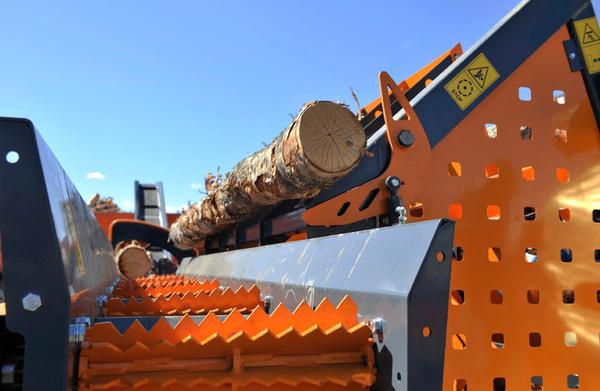Factors to consider when choosing firewood
Choosing the best firewood for heating involves understanding a variety of factors that affect its performance and efficiency. Density is a critical consideration, as denser woods generally burn longer and provide more heat. Hardwoods like oak and maple are denser than softwoods, making them more efficient for prolonged heating.
Moisture content is another crucial factor. Firewood with high moisture content, often referred to as green wood, is less efficient because it requires more energy to evaporate the water before it can burn effectively. Ideally, firewood should have a moisture content below 20% to ensure optimal combustion.
Burn efficiency is influenced by both density and moisture content, impacting not only the amount of heat produced but also the amount of smoke and creosote generated. Efficient heating wood should produce minimal smoke and ash, ensuring a cleaner burn and reducing the risk of chimney fires.
These factors are integral to making informed firewood selection, ensuring that your heating needs are met effectively and safely.
Comparing hardwoods and softwoods
Understanding the differences between hardwoods and softwoods can significantly impact your heating experience. Hardwoods, such as oak, beech, and ash, are renowned for their high density and longer burn times. They provide a steady and intense heat output, making them ideal for prolonged heating needs.
Softwoods like pine, spruce, and fir, on the other hand, are less dense and tend to burn faster. They are often easier to ignite, making them suitable for kindling or quick heating solutions. However, softwoods can produce more smoke and creosote, which may lead to increased maintenance for your heating system.
By considering these characteristics, you can select the wood type for heating that best fits your specific requirements, balancing burn time, heat output, and maintenance needs.
Seasoned vs. green wood
The importance of using seasoned wood over green wood cannot be overstated. Seasoned wood has been dried to reduce its moisture content, significantly enhancing its burn efficiency and safety. The drying process typically involves air-drying the wood for six months to two years, depending on the wood type and environmental conditions.
Green wood, with its high moisture content, burns inefficiently and produces excessive smoke and creosote. This not only reduces heat output but also increases the risk of chimney fires and environmental pollution.
Using seasoned wood ensures a cleaner, more efficient burn, maximising the heating potential of your firewood and ensuring the safety of your heating system.
Environmental impact of firewood choices
Choosing firewood with a focus on environmental impact involves considering sustainability and carbon footprint. Hardwoods from sustainably managed forests offer an eco-friendly option, as these practices ensure forest regeneration and biodiversity conservation.
The carbon footprint of firewood is generally lower than fossil fuels, as trees absorb carbon dioxide during growth. When burned, the carbon released is roughly equivalent to what the tree absorbed, making it a carbon-neutral energy source. However, inefficient burning of unseasoned wood can lead to higher emissions of pollutants.
By selecting sustainably sourced and properly seasoned firewood, you can minimise the environmental impact and contribute to a more eco-friendly heating solution.
Storing firewood properly
Proper storage of firewood is essential to maximise its lifespan and efficiency. Firewood should be stored in a dry, well-ventilated area, off the ground, to prevent moisture absorption and rot. A covered storage solution, such as a woodshed or tarp, can protect the wood from rain and snow while allowing for adequate airflow.
Stacking firewood in a crisscross pattern can further enhance airflow, aiding the drying process and reducing the risk of mould and pest infestations. Ensuring that your firewood is properly stored will maintain its quality, ensuring it remains an efficient heating source for years to come.
Conclusion
Choosing the best firewood involves understanding the interplay of density, moisture, and burn efficiency, as well as the distinction between hardwoods and softwoods. By opting for seasoned wood and considering environmental impacts, you can enhance both your heating efficiency and sustainability.
At Reikälevy, we are dedicated to providing klapi solutions that support professionals and resellers in achieving optimal heating performance. Our commitment to quality, efficiency, and reliability ensures that our products stand out in the market. We invite you to explore our SAMI product range and see how we can assist you in achieving your heating goals. Contact us today for more information or visit our website to learn more about our innovative solutions.

